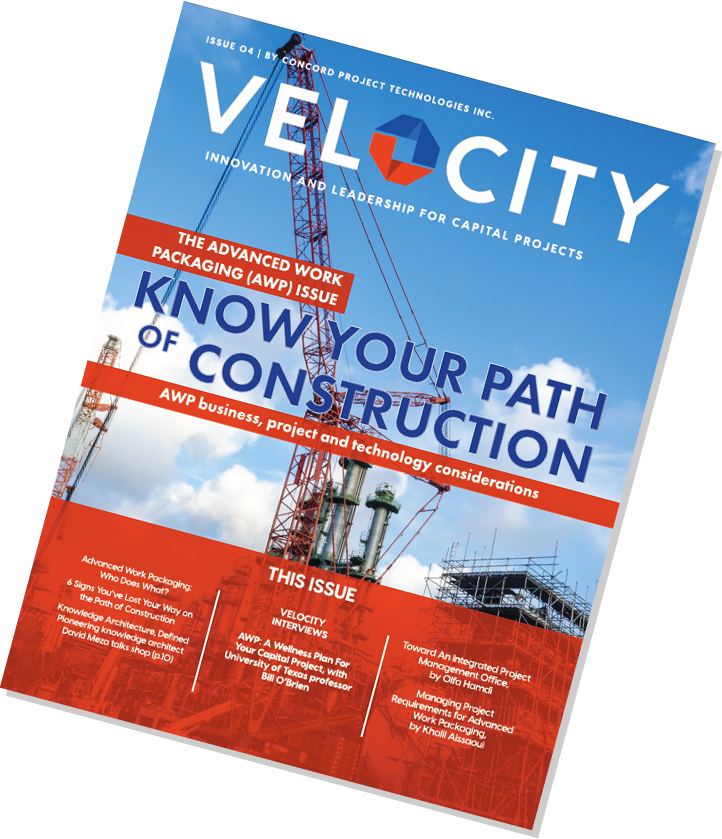Pioneering knowledge architect David Meza of NASA shows you how to transform your organization with connected knowledge.
Our world is awash in digital information. Your team generates a tremendous amount of raw data every day, and if you’re like most organizations, you’re not leveraging that data in ways that can meaningfully support your goals.
It’s not that you don’t understand the importance of data — most organizations do. They have IT professionals and data scientists and perhaps even a knowledge manager or two. Still, the vast majority of organizational data remains locked away in disconnected silos, and the information that does trickle out fails to provide the insight you need. Fundamentally, this is because our thinking around knowledge management is stuck in the pre-digital age. We need to update our knowledge management paradigms to reflect the realities faced by modern, complex organizations in a digital world.
You can’t solve a problem with the same kind of thinking that created it.
Connect your data with a knowledge architecture
The solution is to develop, implement and institutionalize a knowledge architecture (KA). Simply put, a knowledge architecture is a framework that allows you to turn raw data into actionable knowledge. More broadly, knowledge architecture is a system that allows you to connect all the bits and pieces of data scattered throughout your organization, and transform them into a powerful tool that can help you make smart effective decisions that support your priorities.
Developing a strong knowledge architecture gives you an opportunity to look at what kind of data you’re generating across the organization, why you’re creating in, and how. Looking at data generation from a 10,000-foot perspective allows you to resolve interoperability issues in advance. More importantly, it allows you to create a meaningful plan to leverage your data in new and powerful ways that will serve your organization and your partners in the long term.
I’ve been working in this field for more than 20 years, and the fact is that most organizations still aren’t doing a very good job at this. Many businesses have people working in knowledge management, informatics and data science groups, but we still see data silos that don’t communicate with each other. In some cases, these groups even throw data over the wall to one another, but too often they’re speaking different languages.
Unfortunately, miscommunication around data can cause big problems. Companies end up making decisions with old, incomplete information that is riddled with errors. In fact, surveys show that up to 54% of our decisions are made with poor-quality information. If you can’t find data, utilize it or analyze it, you lose the ability to make decisions that can significantly lower your risks. We also lose time: We can’t make decisions quickly enough, and so our projects take longer. A weak or failing knowledge architecture costs you money, and dulls your competitive edge.
A strong knowledge architecture rests on three pillars, or disciplines, which builds upon the structures you already have in place. Here’s a brief introduction to each one.
1. Knowledge Management
Knowledge management is the strategy that underpins our decisions about how we create, identify, store, analyze and visualize data, including the systems and processes we use to find information.
For example, most organizations already have a process for collecting lessons learned and case studies, which provide some degree of direction and guidance to individuals and teams and constitute a form of knowledge documentation. A strong knowledge architecture would expand this list to include things like dashboards, business intelligence, interviewing and storytelling.
The overarching goal for a knowledge strategy is to collect this data in a way that we can both organize and present it in a meaningful way. In many cases, companies will need sophisticated, purpose-built technology to do this well.
2. Knowledge Informatics
Knowledge Informatics are the systems through which we access the data; the pipelines that allow us to transmit data across an enterprise to the organizations and people who need it. The tools and techniques we use to get information to end users can include everything from expert finder systems to repository search capabilities and beyond.
A discussion about informatics typically begins with storage, which can range from traditional SQL datasets to newer, noSQL databases or graph databases that allow us to see relationships. Knowledge informatics is also about the various APIs — the application program interface — within your organization’s digital ecosystem. These APIs dictate how we actually access, connect to and interface with the data, so we can begin analyzing it.
3. Knowledge Analysis
Knowledge Analysis is the development and application of algorithms and methodologies that help us process and analyze the information we want, also known as data science. Some organizations will benefit from commercial, purpose-built, off-the-shelf options, but many others can get the same benefits and answers from lower-cost or open-source options. The goal is to find the right tool for the job, always beginning with the purpose.
For example, we might perform a regression analysis to determine factors that impact our delivery schedule, we might build a neural network for decision analysis or cluster analysis on discrepancy reports. We’ll do this with structured data — that is, the numbers you’ve collected in a spreadsheet and have defined in a database. We’ll also do this with unstructured data, which are the documents, projects and social media that can be collected and analyzed for meaningful extraction.
Don’t miss out on new opportunities and challenges because you can’t find or make sense of your data. A knowledge architecture can provide you with a framework to work through the plethora of data and make actionable decisions that benefit your organization.
In my next article for Velocity®, I’ll talk about the role of a knowledge architect in an organization.
David Meza is the Chief Knowledge Architect at the National Aeronautics and Space Administration (NASA). His work has been published in leading industry journals and he holds a Masters in Engineering Management and is pursuing a Doctorate in Education, both from the University of Houston.





